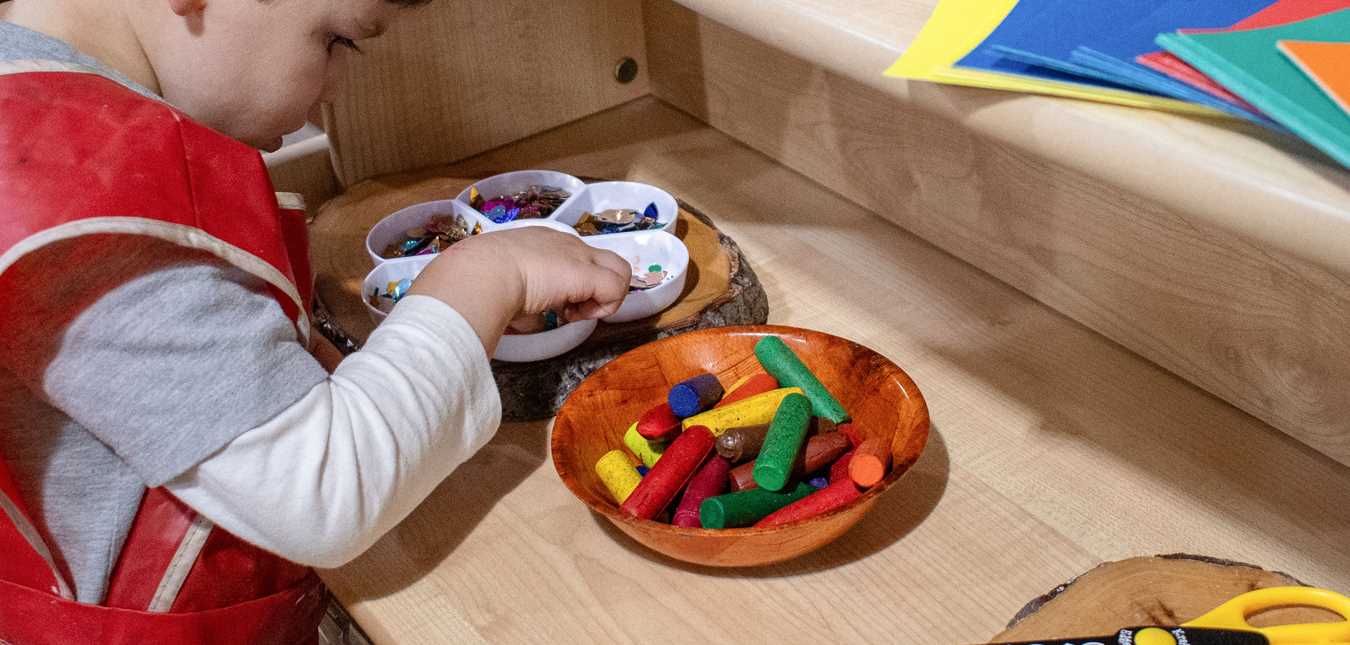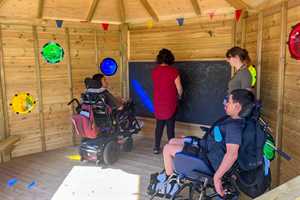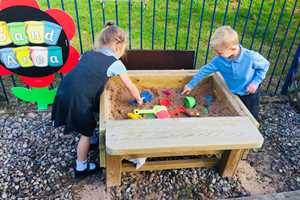
Special Educational Needs
Fine Motor Skills Activities For SEN Children!
Fine motor skills involve small muscles working with the brain and nervous system to control movements in areas such as the hands, fingers, lips, tongue and eyes. By developing fine motor skills children can easily perform everyday tasks such as eating, writing, drawing, manipulating objects and getting dressed.
Fine Motor Development
Fine motor skills start to develop from birth. Babies will use their fingers and thumbs to pick objects up and explore the feel and taste of items with their mouths. Older children use fine motor skills in order to complete everyday actions such as: holding cutlery, scissor skills or turning the pages of a book.
.jpg)
The development of fine motor skills works in conjunction with the development of gross motor skills. Children need many opportunities to develop both fine and gross motor skills so that they become confident learners.
Difficulties in Fine Motor Skills
A child with poor fine motor skills may be slow to get dressed or need more help with handwriting and cutting. Children may find everyday tasks difficult, taking longer than expected to complete tasks involving small movements.
To produce accurate and controlled fine motor movements children need to have developed enough hand and finger strength to manipulate objects. They need to be able to see, sense, feel and interpret how the object in front of them is used correctly and be able to control their hands with precision when steadying, manipulating and gripping objects.
Important Fine Motor Skills to Master
To be able to complete fine motor skills effectively children need to master a number of skills using small movements of their hands, wrists and fingers including:
- Hand dominance - children will favour one had over the other for complex activities such as: writing, drawing and cutting.
- In-hand manipulation - manipulating an object with one hand such as picking up a pen and moving it into position.
- Pinch and grip strength - to have enough strength in the small muscles in the hand to pick up objects.
- Pincer Grasp - to grab a small object using the thumb and index finger.
- Bilateral coordination - using both sides of the body (both hands) to do an activity effectively in the same or alternating movements such as using a rolling pin or stacking cups.
- Finger dexterity - to adapt movements to different activities, to be able to separate both sides of the hand and isolate fingers. A 'power' side of the hand includes the thumb, index and middle finger, a 'support' side includes the ring and pinky finger. Children must also be able to move each of their fingers without moving the others e.g. pointing, thumbs up, pinky promise.
- Hand-eye coordination - the ability to coordinate movements of the eyes and hands to manipulate tools and objects.
- Shoulder and core strength - Good shoulder and core strength are needed to be able to complete fine motor activities well.
SEN and the Development of Fine Motor Skills
Children with dyspraxia, autism, cerebral palsy and ADHD may find it more difficult to develop fine motor skills. Students with a special educational need may require more help and time when learning new skills. They will likely benefit from visual demonstrations alongside verbal instructions and will require extra opportunities to practise.
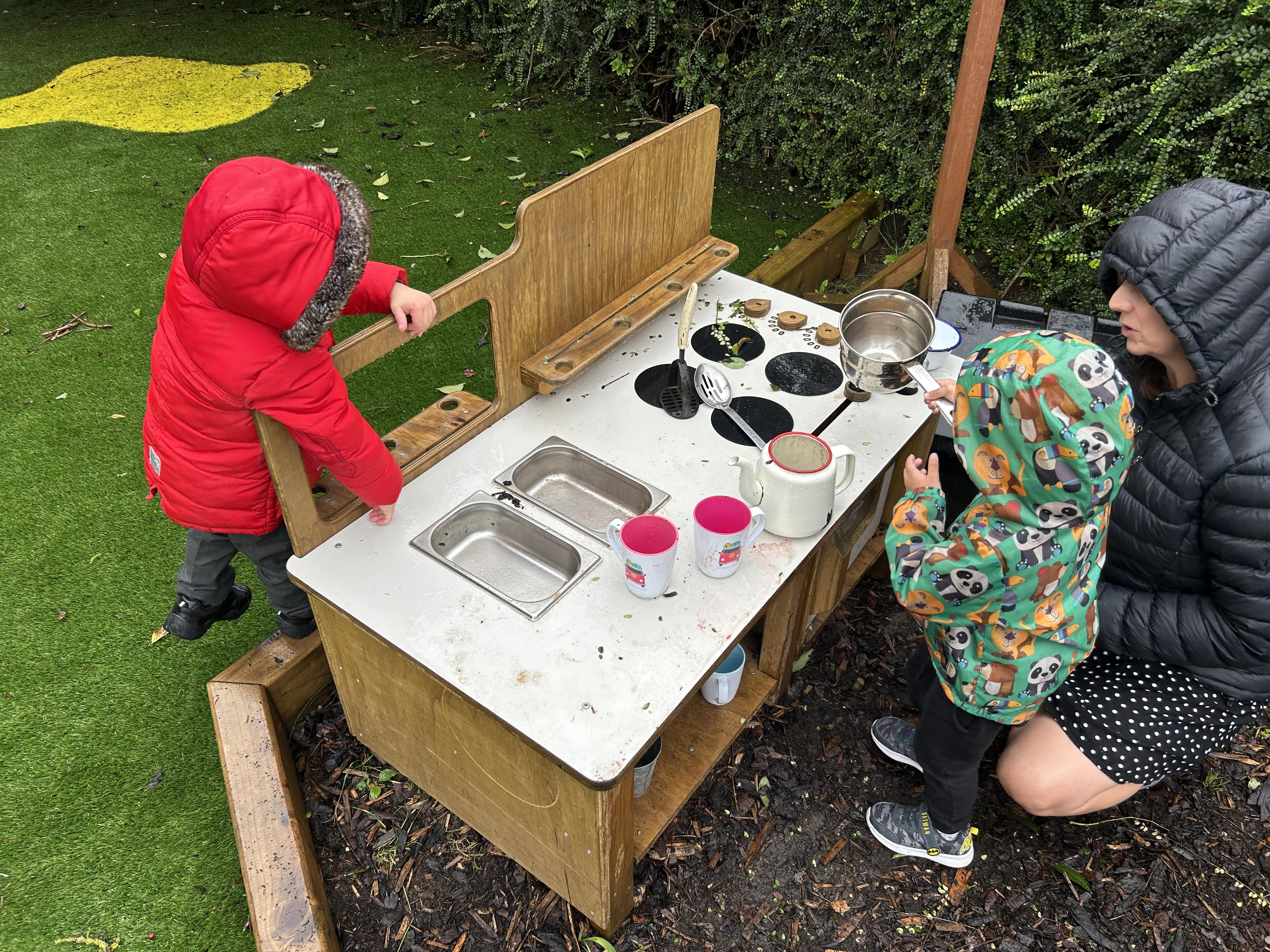
Autism can impact motor skills in different ways. Some children may experience difficulties with motor planning and coordination, making it challenging to perform precise movements and tasks that require coordination between different body parts. Other children may struggle with motor delays where skills develop at a slower pace compared to their peers.
Fine Motor Intervention Strategies
Fun fine motor activities that are rooted in play and learning can develop essential fine motor skills and strengthen little hands. Occupational therapists will work with SEN learners to improve hand strength, coordination and control. Suggested activities may include:
Posting and Threading
Threading activities lead to improved fine motor control. Bilateral coordination can also be developed as children hold an object steady whilst threading string through with the other hand.
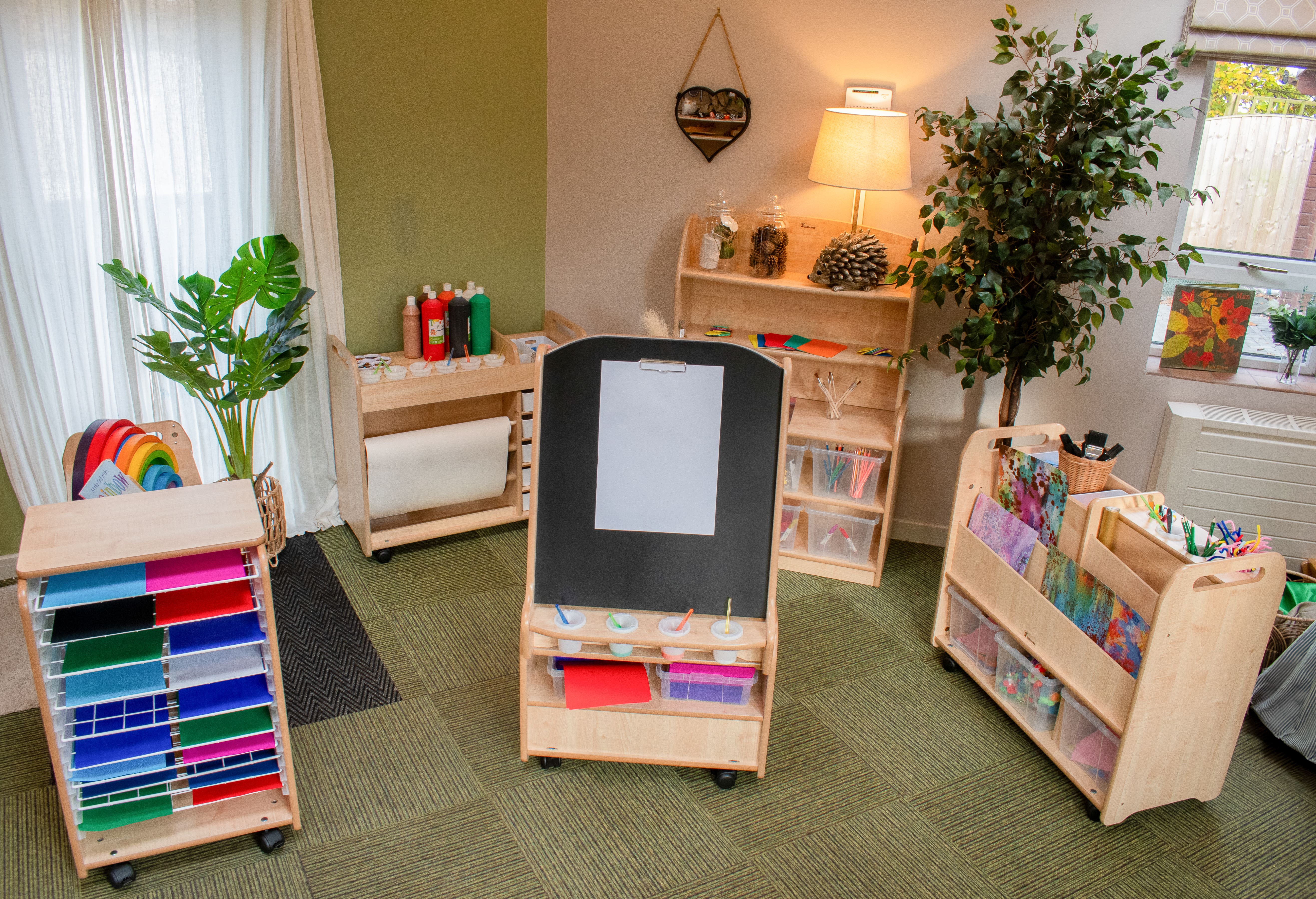
- Post small craft sticks into the top of a plastic bottle. For an extra challenge pierce a hole in the bottle just big enough for the sticks to be pushed through.
- Turn a colander upside down and poke pipe cleaners through the holes.
- Practise threading beads or colourful pasta onto string to create necklaces.
- Cut out a shape from a piece of thick card and punch holes around the outside of the shape. Using a plastic needle children can sew through the holes using a basic under- over sewing pattern.
- Older children can practise sewing two felt shapes together using a sharper needle. If needed dots can be added using pen to show children where to make their stitches.
Using Tongs and Squeezers
A useful tool to develop fine motor skills and hand eye coordination is a small tong. The squeeze and release action required when using tongs builds hand strength. Tongs also provide an excellent way to practise separating and using both sides of the hand.
- During sensory play activities children can practise finding and retrieving small items from a variety of sensory materials such as coloured rice, oobleck, spaghetti or water.
- Tongs are useful to use with sorting activities where children need to move and sort items such as pom poms, beads or different shapes into divided containers such as egg boxes, ice cube trays or small pots. Objects can be sorted based on colour, size, shape or texture.
- Tongs can be used to manipulate pieces when playing board games. Counters can be picked up and put in the slots in Connect 4 and game pieces can be moved around the board in many popular board games.
- Tongs are great to use in the Mud Kitchen when transferring natural materials.
- Squeezers are a staple tool for water play, allowing children to move water and explore colour mixing.
- Simply squeezing out a sponge into the Water Table allows children to work on grip strength.
- Using paint in squirty bottles helps to build a child's fine motor skills. Pipettes could be used to drop coloured water onto paper towels.
Play Dough Activity Ideas
Play dough is a fun, creative tool to build and develop strength and control in the hands, fingers and wrists. Suggested fine motor activities include:
- Squeezing and oozing - Place a ball of play dough in the palm of a child's hand and ask them to squeeze as hard as possible. The play dough should ooze out between their fingers.
- Make a snake - roll the dough into a sausage shape with two hands working together. Encourage children to use their thumb and index finger (pincer grip) to pinch along the dough to make the snakes back.
- Make faces - roll the dough into a circle, encourage children to use their index finger to make eyes, hair, a nose, mouth and ears.
- Find the object - hide small toys/buttons in balls of dough and ask children to tear play dough apart to find them.
- Roll play dough using a rolling pin and cut out shapes using cutters.
- Finger scissors - place a ball of play dough between two fingers and squeeze fingers together. Repeat with other fingers.
- Make a bowl - place a ball of play dough on the table. Encourage children to put their thumb in the middle and pinch all the way around to make a bowl.
Construction and Fine Motor Skills Activities
As young children stack blocks they develop and refine fine motor skills. When children pick up a block they manipulate it in their hand and then place it on top of another block. In doing this they are using their core and shoulder muscles to stabilise their arm as well as performing small, precise movements with their fingers.
Building with blocks helps to develop bilateral coordination as children stabilise a stack of blocks with one hand and use the other hand to precisely release a block at the top of the stack. Children can progress from making a line of blocks to stacking blocks to make a wall or a pyramid.
Playing with Lego/Duplo/Mobilo kits, screwing nuts and bolts and even completing jigsaw puzzles all help to build bilateral integration and establish hand dominance.
Enhance Fine Motor Skills with Art and Craft Activities
Art and craft activities engage children in precise hand movements, developing grip strength and hand dexterity whilst encouraging creativity and problem solving. Holding and manipulating art supplies like crayons, pencils, scissors and brushes strengthens the muscles in the fingers and hands leading to improved control.
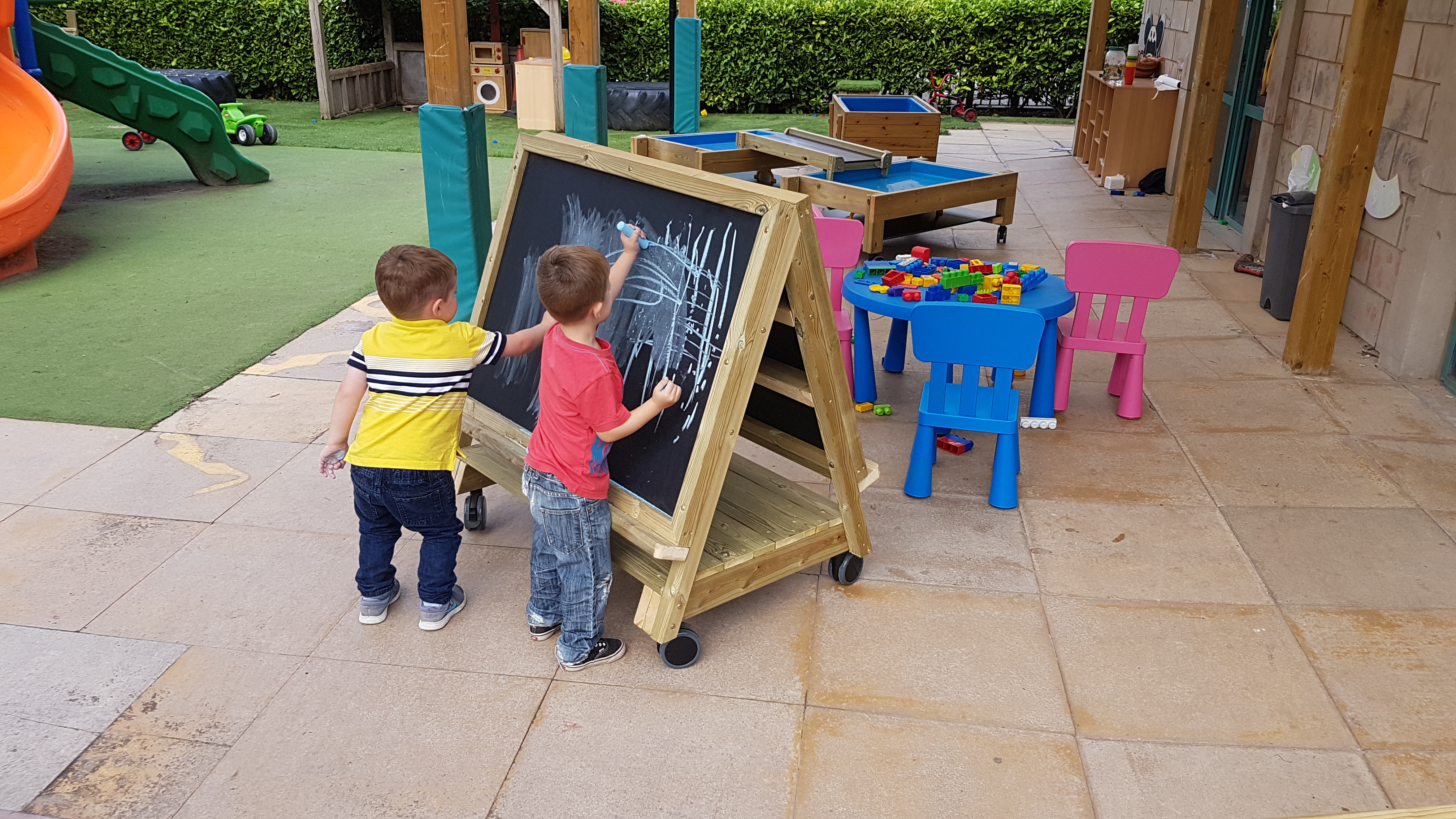
Mark making, drawing and colouring require precise movements as children learn to develop correct pencil grip and exert the correct pressure. Folding and cutting paper, working with clay and cutting encourage hand dexterity and control, essential for tasks such as writing and buttoning clothing.
A well-stocked and readily available art trolley which can be accessed during continuous provision can promote the development of fine motor skills.
Activity and resource ideas may include:
- Cutting and sticking - using glue and safety scissors.
- Painting - use bushes with a wide range of thicknesses.
- Stickers - Peeling and placing stickers requires precise finger movements.
- Clay - children can create sculptures or shapes with modelling clay.
- Chalk - Drawing with chalk in the outside environment involves different hand movements and improves physical development.
- Stamping - Rubber of homemade stamps (vegetables) encourages controlled hand movements and precision.
- Hole Punches - Operating a hole punch to create holes in paper requires finger strength and hand-eye coordination.
The more children with a special educational need practise, the more they will improve their fine motor skills. Repetition, praise and encouragement are key so that children build muscle memory and hand movements become second nature.
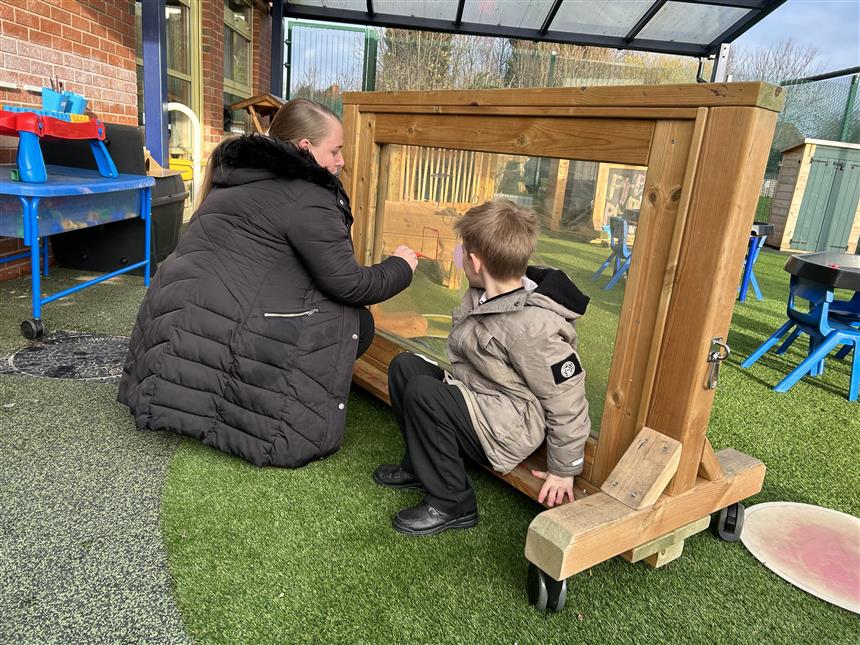
School environments should provide rich and varied opportunities for both large and small movement development. Pentagon's wide range of school equipment can greatly help schools and nurseries to embed everyday routines which support the practise of fine motor skills.



